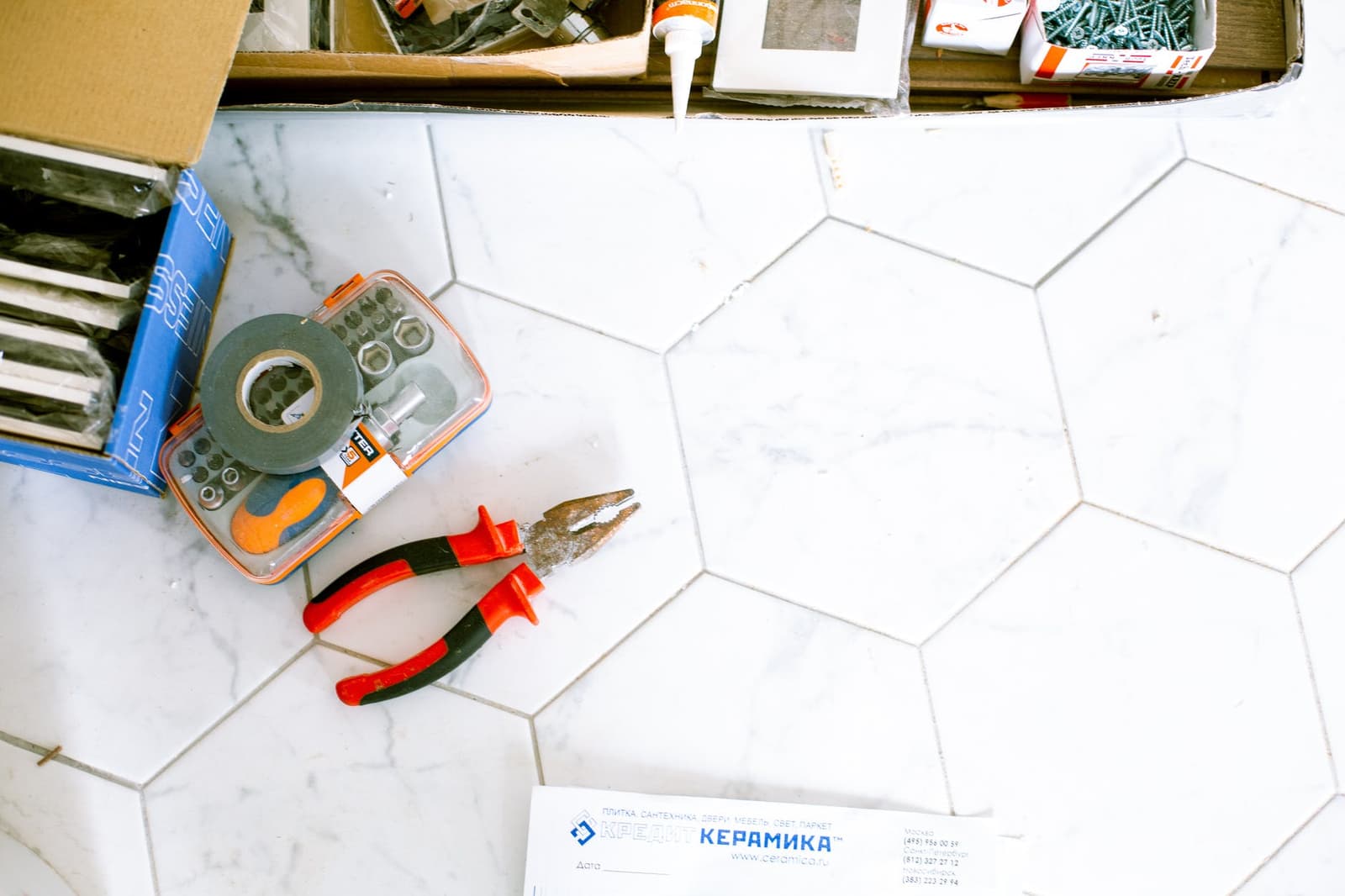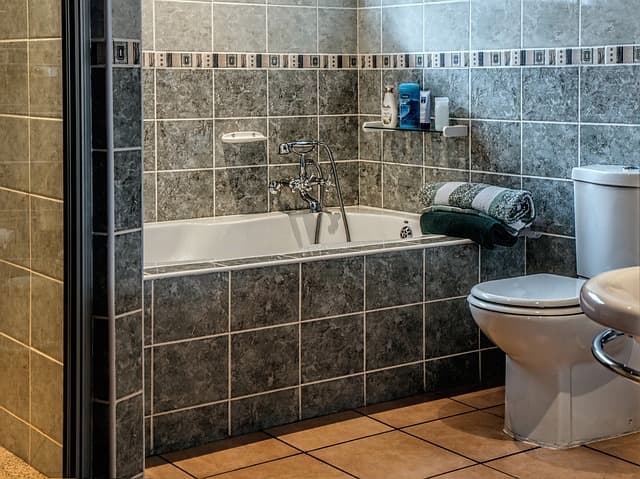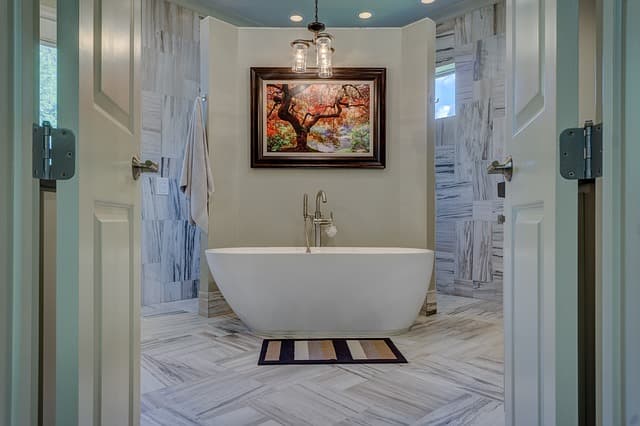Tearing Down Interior Walls: 5 Things to Know Before You Start
By Editorial Team
Updated on June 25, 2025

Tearing down walls in your home can seem like an exciting project, especially with the current trend in interior design favouring open-concept spaces. However, don’t grab your hammer and saw just yet! Removing or creating openings in an interior wall is a delicate process that must be handled with care. If done incorrectly, it can lead to ceiling collapse or damage to plumbing, electrical, HVAC systems, and more.
Make sure you truly want to remove the wall and, if so, know that this project can easily be done by even the most novice DIYer. Of course, it’s important to follow a series of steps and keep certain things in mind throughout the process:
Removing an Interior Wall
1. Load-bearing or not?
It’s crucial to determine what weight the structure is supporting before going ahead with this kind of demolition, or you risk causing sagging or collapse. If you have your home’s construction plans, they’ll show where the load-bearing walls are located.
Otherwise, if the wall is near the centre of the room and runs perpendicular to the joists, it likely carries a significant load and is therefore load-bearing. If you can’t locate the floor joists from above, try checking from the basement or crawlspace. Also, remember that a load-bearing wall on the first floor will typically extend up to the floors above.
If the wall you want to remove is indeed load-bearing, it will require more attention than a simple partition wall. Beams, jacks, columns, or even a temporary wall will need to be installed during the work. Removing a load-bearing wall should be left to professionals since, although it’s not a difficult project, it involves lifting heavy loads and recalculating weight distribution. You may also need to obtain a permit.
2. Check for Plumbing and Electrical

Walls often contain plumbing, electrical wiring, or ventilation ducts for heating or cooling systems.
A relatively easy way to figure out what’s inside your walls is to go into the basement, if accessible, and identify where the utilities enter the floor above.
You can also check from the source by cutting a few small holes in the drywall using a utility knife to peek inside the wall. In addition to finding out where the wiring or plumbing runs, you might discover more serious issues that need to be addressed first — especially in older homes.
If you discover any of the above elements in the wall you want to remove, you must proceed with caution. Turn off your home’s power supply before doing anything. Also, walls that contain wiring or plumbing shouldn’t be knocked down with a sledgehammer, but carefully cut with a saw, removing the drywall piece by piece.
If you’re not sure how to relocate electrical or plumbing components, it’s best to call in an engineer, electrician, or contractor.
3. The Workload Ahead
Removing an interior wall might seem fun — even therapeutic — once you have a sledgehammer in your hands. But as mentioned earlier, this is a serious project that might turn out to be bigger than you expected. You won’t just be dealing with the wall itself — the floor may need to be repaired or even replaced depending on the damage.
If your floors are hardwood, removing a wall will be even more difficult, as repairing hardwood is complex. Finding the right wood species in the correct shade can be tricky, not to mention trying to match the finish and possibly reapplying varnish.
Don’t forget the ceiling! You’ll likely need to install a lintel, patch with drywall, and repaint the area.
Planning this kind of project is half the battle. Keep in mind that it can’t be completed in a single afternoon and must be given the time and attention it requires. Expect it to take at least two weeks — and that’s not including floor repairs or ceiling touch-ups. Consider combining this work with another renovation, like redoing the flooring. This will also help you better plan your budget and schedule.
4. Space and Size

First off, not every wall in your home can be removed. This includes exterior walls, certain basement walls, and walls that run the entire length of your home. Wall removal projects should be assessed on a case-by-case basis. Also, load-bearing walls can be more difficult to take down, and you may be discouraged from doing so if they weren’t initially meant to support the frame.
Additionally, removing a wall in a single-storey home is somewhat different than doing so in a two-storey house. Removing walls in multi-storey homes can place a lot of pressure on the main floor. That’s why it’s recommended to consult a structural engineer.
5. Plan, Prepare, Demolish!

To prepare your workspace properly, protect your furniture and other areas from dust. Remove what you can, cover the rest with tarps, lay old sheets on the floor, and seal off doors with plastic film. Besides protecting your belongings and living space, be sure to protect yourself as well — wear a mask, safety glasses, and gloves.
Once you’ve determined whether the wall is load-bearing and what’s inside it, outline your intended opening with a pencil or mark it directly using a chisel and hammer. For drywall walls, use a saw to cut and remove the panels. If the wall is made of brick, stone, rubble, or concrete (i.e., a block wall), you’ll need a concrete saw.
Lastly, check with your local eco-centre or municipality to learn how to dispose of the debris in an eco-friendly way. You might even consider staying with a friend or in a hotel during this messy work!
Looking for something else?
Related articles
The latest industry news, interviews, technologies, and resources.

Editorial Team
•07 Nov 2023
Home renovations require time and energy for planning, preparing and executing. Leading up to your project, you’ll want to do some research about potential problems. Of course, there’s plenty of advice out there but as you’ll notice, a lot of it is contradictory.

Amanda Harvey
•03 Nov 2025
Tiles come in all kinds of colours, shapes and sizes, keeping bathroom floors waterproof and beautiful. However, like any home surface, they need proper maintenance to uphold their elegance while preventing cracking, mould or mildew growth.

Christine Simard
•04 Oct 2024
Are you shopping for ceramic tiles to spruce up your kitchen, living room or bathroom? Well, you are absolutely right, since ceramic has a charm and an allure that can only enhance the cachet of your home. The choice of styles and colors has never been wider for this timeless material.

Léa Plourde-Archer
•05 Jun 2024
Are you looking to change your kitchen counter but don’t know where to start? Here are the 4 main steps that will help you select the best countertop for your kitchen:

Paul Riopel
•24 May 2024
Whether you're renovating to accommodate a growing family, addressing structural issues, or simply modernising your living space, the decision to demolish or remove part of a brick wall in your home is a significant one.